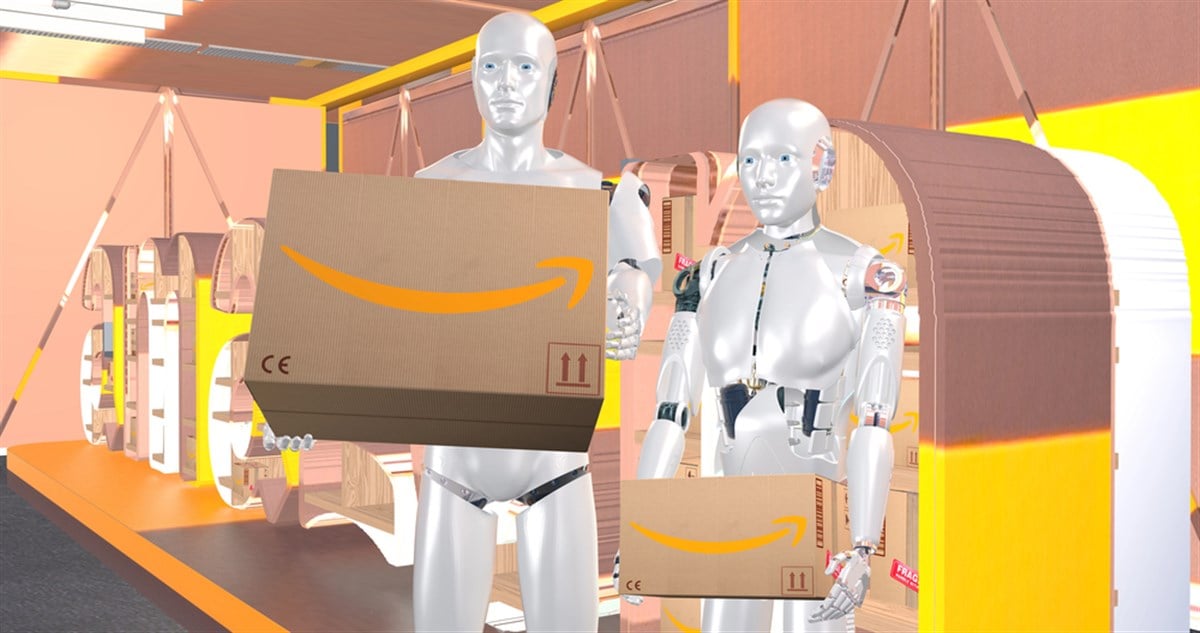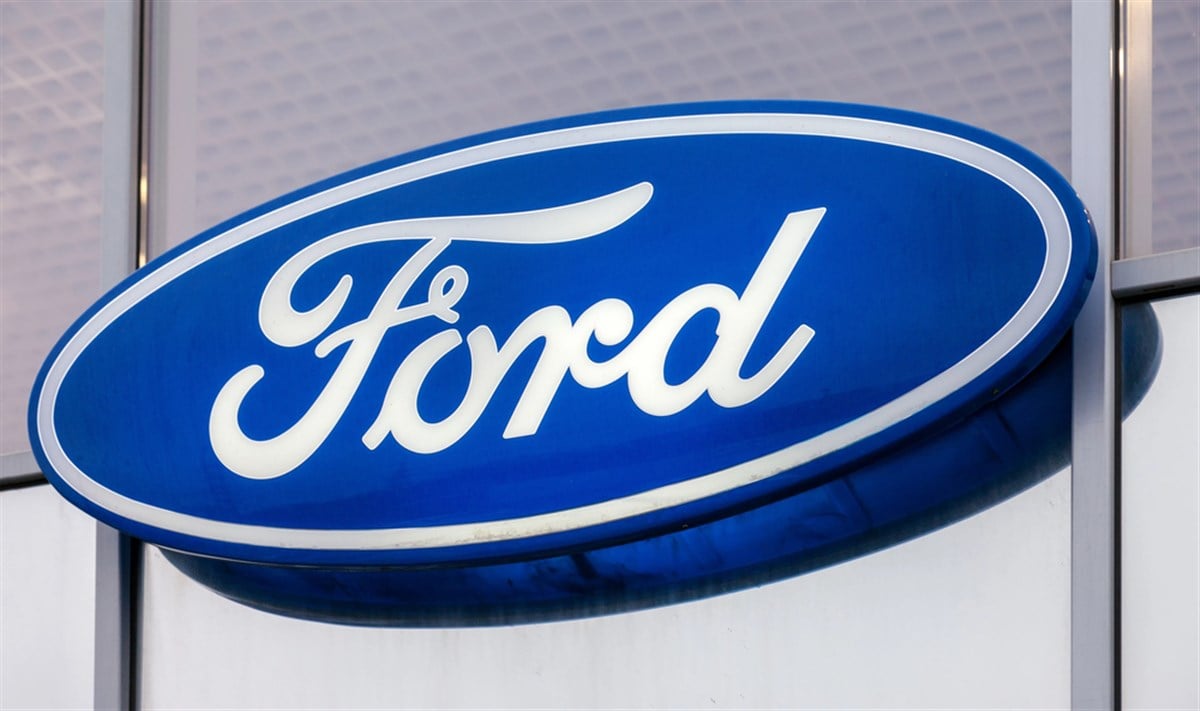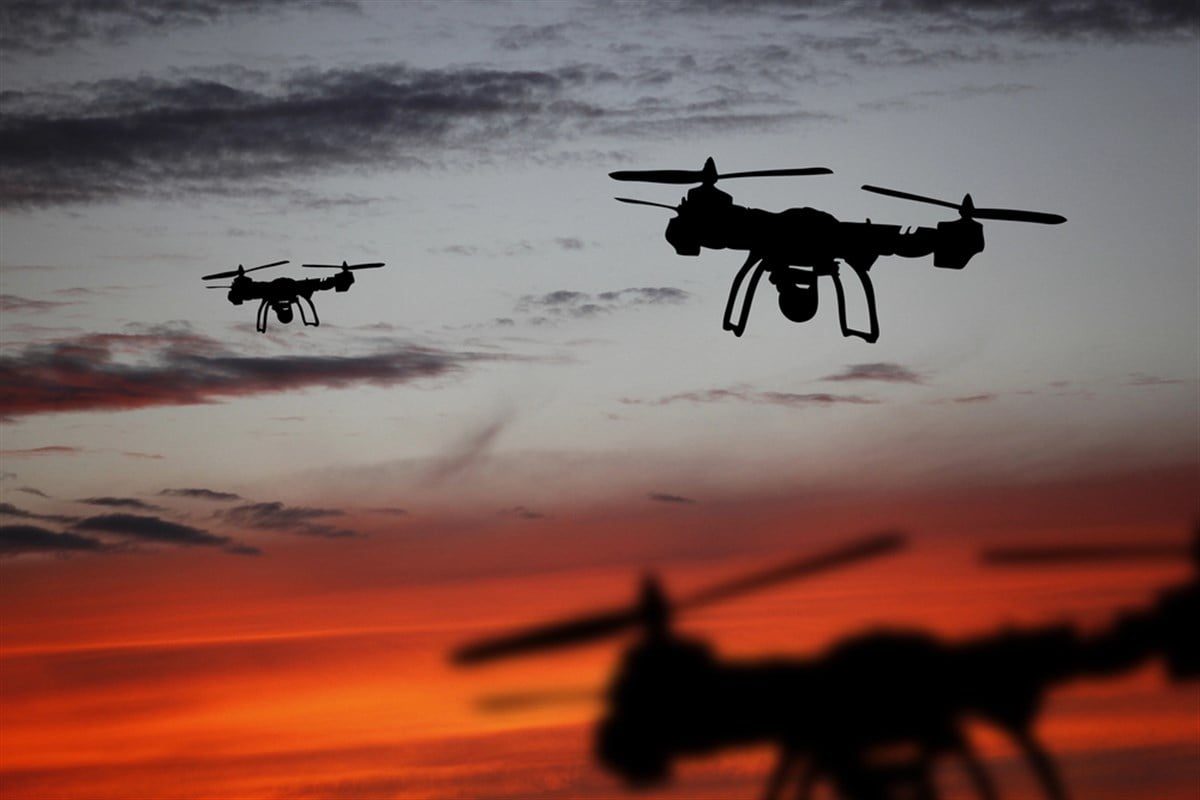Forget AI: Amazon's Robots Could Be Coming for Your Job

As tech giants continue to funnel money into AI development, headlines focus on how the emerging technology could eventually supplant workers across an array of industries. Whether or not that comes to fruition, workers face a more imminent threat: job loss due to robotic automation.
Last week, The New York Times reported on management interviews and leaked internal documents from Amazon (NASDAQ: AMZN) that show the company is actively pursuing a plan that would result in robots replacing as many as 600,000 jobs, essentially automating warehouse operations and nullifying the need for humans to conduct those tasks.
Of course, that is not good news for workers whose roles are outside of the company’s corporate offices. But for AMZN shareholders, it could eventually translate to increased profitability, helping offset the tech firm’s enormous and ongoing AI capital expenditures.
Robots Could Dethrone Amazon as the United States’ Third-Largest Employer
The news follows a June 30 announcement by Scott Dresser, vice president of Amazon Robotics, that the company deployed its 1 millionth robot and, simultaneously, a new generative AI foundation model—DeepFleet— the aim of which is to improve robot fleet travel efficiency by 10%.
The company’s leaked documents now shed light on a plan that could dramatically reduce its workforce. Amazon is the third-largest employer in the United States. It has approximately 1.1 million U.S.-based employees, trailing only Walmart (NYSE: WMT), which has an estimated 1.6 million workers in the United States, and the American federal government, which employs around 2.95 million civilians.
According to Bloomberg, only 350,000 of those roles are in Amazon’s corporate offices. The robotics plan would automate an estimated 75% of the company’s operations, resulting in a workforce reduction of 160,000 by 2027 alone.
For consumers, that could mean lower prices on goods as Amazon continues to focus on increasing its e-commerce business segment. Ultimately, the plan to replace 600,000 warehouse workers with robots could result in an estimated average of 30-cent savings per product by 2027.
Lower Operating Costs Could Translate Into Higher Valuations
While investors are looking for a breakout in the lead-up to Amazon’s Q3 earnings call, the automation plan could provide a much longer tailwind for shareholders. Lower payrolls result in lower operating expenses, which in turn means reduced liabilities on Amazon’s balance sheet. It could also mean an improved price-to-book (P/B) ratio, thereby increasing AMZN’s valuation and improving free cash flow (FCF) for the company.
It is estimated that the plan could see Amazon saving roughly $12.6 billion from 2025 to 2027 alone. That influx of FCF could help offset AI capital expenditures (CapEx), which the big five hyperscalers are set to build upon this year’s record commitments of $385 billion.
Those five companies include Alphabet (NASDAQ: GOOGL), Amazon, Meta Platforms (NASDAQ: META), Microsoft (NASDAQ: MSFT), and Oracle (NYSE: ORCL), which together are projected to spend around $457 billion on AI in 2026.
But of that group, only Amazon’s FCF has been negative twice since 2021. Although that metric moved into the black last year and is expected to remain positive this year, the company trails the other four by a wide margin in FCF.
On the surface, the plan to implement a wide-scale robotics automation could be seen as a move to bolster AI CapEx, which could ultimately increase Amazon’s valuation, as growth CapEx is an investment in higher future cash flows.
Currently, Amazon’s P/B ratio is 7.25. While that may seem elevated, with a P/B of 1 suggesting fair value, the company’s 10-year median P/B is 16.39, and its highest P/B over that period was 28.01. That suggests the company is moving in the right direction while improving its P/B value even before its robotics plan is fully realized.
Despite AMZN’s Struggles This Year, the Stock Is Moving in the Right Direction
Since hitting their all-time high on Feb. 4, shares of AMZN have been down more than 6%. Over the year, the stock has mustered an uninspiring 3.07% gain—the worst among the Magnificent Seven.
However, the company’s plan to free up cash by relying heavily on robots, expand its already dominant cloud business, and position itself as a disruptor in the grocery industry has grabbed Wall Street’s attention.
Of the 53 analysts covering the stock, all but one assign it a Buy rating, with the sole holdout assigning it a Hold. The stock’s average 12-month price target implies potential upside of 18.24%.
Meanwhile, short interest is infinitesimal at just 0.78% of the float, and institutional ownership is robust at 72.20%.
Learn more about AMZN


